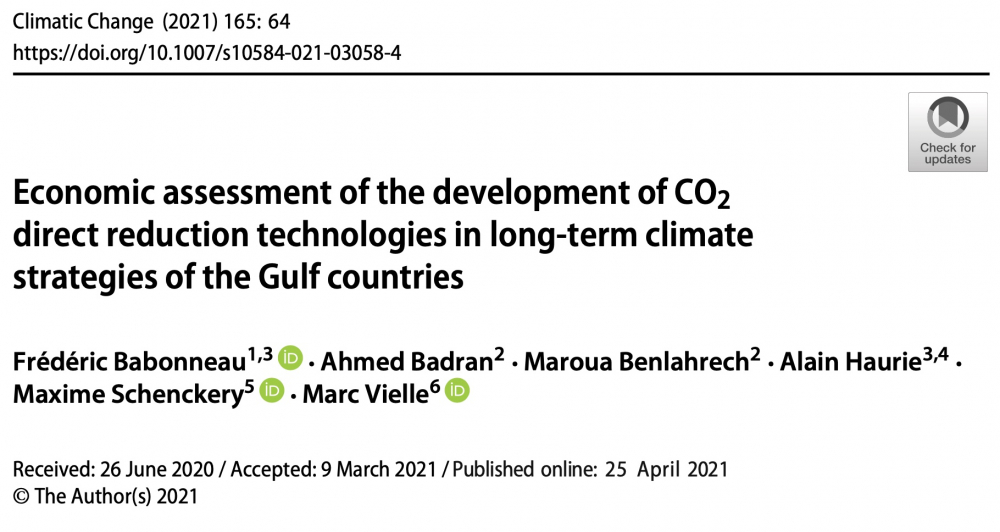GEMINI-E3 is a CGE model specifically designed to assess the impact of climate change mitigation policies in different regions of the world. It has recently been used to assess the COP21 pledges and a fair 2°C pathway compatible with the Paris Agreement objectives. For this study, the model has been extended to permit a more detailed representation of the GCC countries and their risk exposure to stranded assets. The model is built on the GTAP 9 database, with reference year 2011. In this version, we detail 10 groupings (regions or coalitions) of countries, the GCC countries being one of them; they are as follows: European Union (28 coun- tries), USA, China, India, the GCC, Russia, other Asian countries, other energy-exporting countries, Latin America, and the rest of the world.7 Extraction of fossil fuel energy is mod- eled by carbon content in order to evaluate the “unburnable-oil” effect of climate change mitigation policies. Three fossil fuel sectors/products are represented: coal, crude oil, and natural gas. In the model, the impact of deep decarbonization pathways on stranded fos- sil fuel assets occurs via two main channels: (i) fossil fuel resources localized in energy exporting countries lose their value, energy rents associated with these resource decrease (i.e., inground reserves become stranded assets), and welfare is directly negatively impacted in countries that own these resources; (ii) capital invested in energy sectors (coal mining, refineries, pipeline infrastructure) and energy-intensive industrial sectors are further depre- ciated, which in turn negatively impacts households that own these assets. In GEMINI-E3, like most CGE models, households own capital and other resources, e.g., land, fossil fuel resources.
For more information on the use of GEMINI-E3 read the article below.



